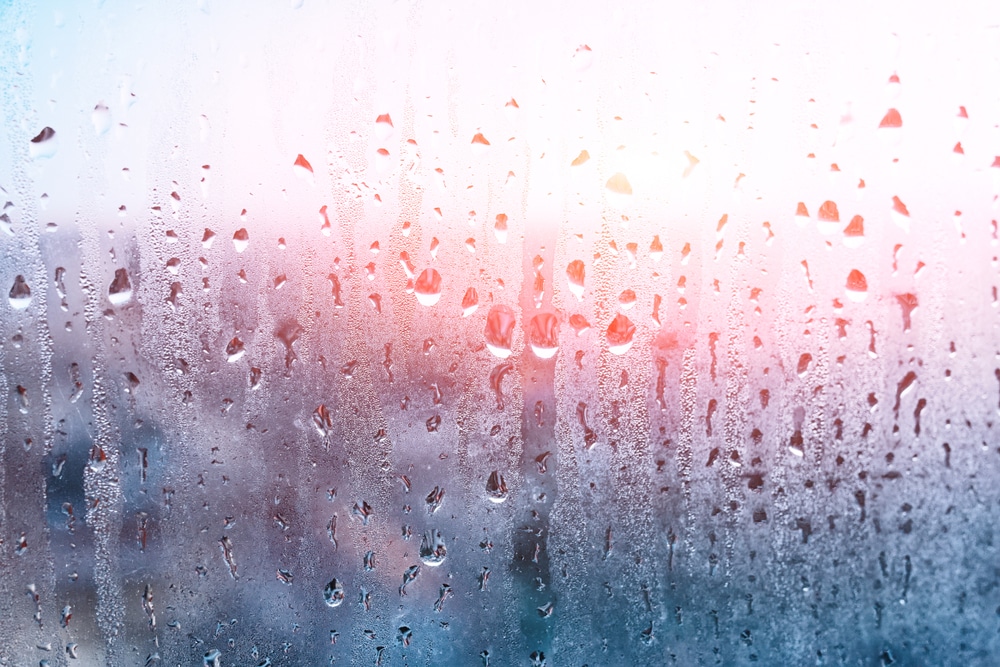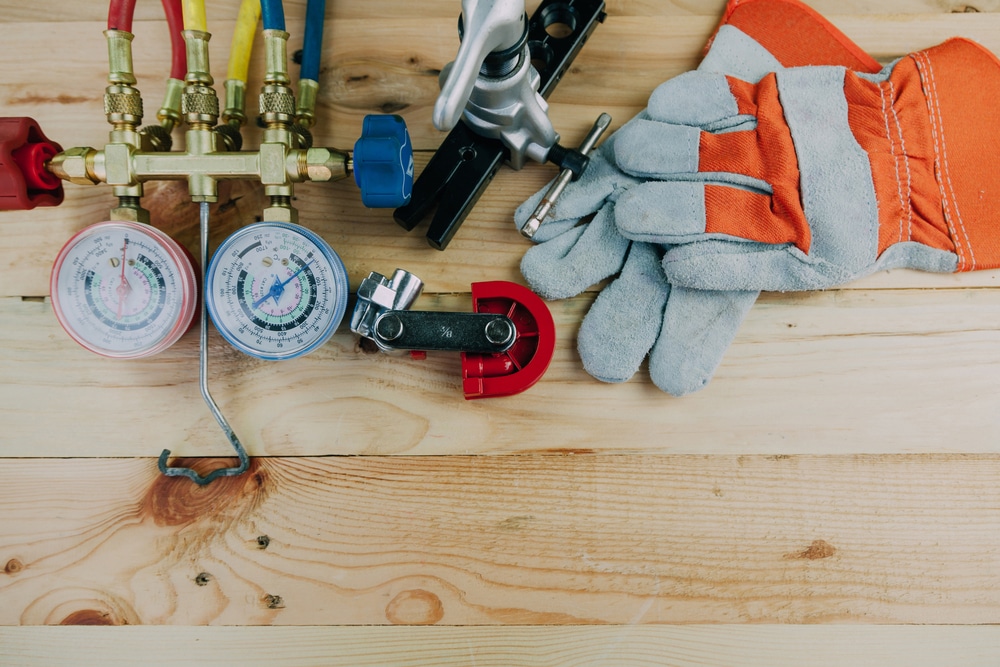How Do PIV Units Stop Condensation?
Condensation that is left unaddressed can quickly turn any room in any building into a damp and dangerous environment that is littered with mould. PIV units are one of many systems available that can help create the worst environment for mould, but the best environment for you.
In this blog, we will address the question ‘How do PIV units stop condensation?’
With new buildings being made to be as energy efficient as possible, and the UK aiming for 95% of its electricity usage to be low carbon by 2030, it is imperative to understand how we can make the most of our ventilation.
To prevent mould, fresh air should constantly be introduced into your dwelling daily, as it helps to regulate temperature and reduce condensation. Introducing fresh air can be as simple as having a ventilation routine, or installing extractors or PIV systems.
This is where I-Sells comes in, as the UK’s leading ventilation and ducting supplier we take pride in not only sharing our solutions, but also the critical information that you need.
Is a PIV unit the same as MVHR?
In terms of functionality, both systems work in a very similar way to achieve the same goals. However, PIV units do not require the extensive, and sometimes expensive ducting that MVHR systems require.
This makes PIV systems a feasible and accessible option for anybody who wants the benefits of a MVHR system but is physically unable to retro-fit their home with the ducting required.
Is air from a PIV unit cleaner than air from a MVHR system?
The answer to this is debatable, as it can vary between brands of PIV units and MVHR systems. With each mechanism, the use of a filter is still applied, this means that regardless of which option you choose, the resulting air will be fresher than the air without these mechanisms.
The difficulty in ascertaining which is better also becomes more challenging when we take into account that not every dwelling is the same, and one solution may be more suitable than another in that instance.
Regardless of the option you choose, each mechanism will still have your stale indoor air extracted and replaced with fresh, filtered outdoor air.
Can I install a PIV unit in a humid area?
Yes, within reason. A PIV unit’s function is to remove humidity, but if the area of installation is already infested in mould, extremely damp and wet, it could be an issue. Treating the area, and making sure it is as dry as possible, will set you in the best stead to get the most from your PIV system.
How do PIV units stop condensation?

Due to the consistent rate of extraction, and introduction of fresh, cooler, filtered air, condensation becomes much more difficult to form in the lofts of dwellings with PIV systems. As a result of humid air being extracted, it does not have the chance to become condensation, as it can not find a surface to settle on.
Can PIV stop condensation in every part of a building?
No. If certain rooms, such as a bathroom or a kitchen are allowed to build up humidity via steam, without ventilation, condensation can form on the surfaces in those rooms. That being said, the size of a home can impact the effectiveness of a PIV system.
Preventing condensation from forming in your bathroom and kitchen is as simple as using your extractor fan in conjunction with opening your windows at the same time to allow for maximum ventilation.
Which kind of house benefits from a PIV unit the most?
A moderately sized bungalow would benefit the most from a PIV system. Because all the rooms are on one level, the PIV unit isn’t waiting for heat to rise from the ground floor like it would for a regular home.
That being said, this does not in any way mean that a home with more floors won’t benefit in the same way as a bungalow. The only difference is that it may take longer, as a larger home has more space, which holds more air.
Can a PIV unit remove mould?
If mould has already formed in a dwelling, it can only be removed through using mould removal products, and addressing the issue that caused the mould (if it was not caused by condensation).
If there is already mould when a PIV unit is installed, the unit will help to reduce the rate at which the mould spreads. PIV, like any ventilation mechanism, is there to prevent the formation of mould, not physically remove it.
Are there any drawbacks to PIV systems?

No. People often wonder if that rate of ventilation would make the dwelling cold. However, depending on the model you get, there are temperature settings to prevent that from happening. Even earlier models don’t make a home ‘cold’.
Here are some additional benefits of PIV units…
- Cures condensation dampness — PIV reduces the humidity in the air, curing condensation dampness and preventing mould growth.
- Improved indoor air quality and healthy living environment- Indoor pollutants from cooking and cleaning, as well as outdoor pollutants including pollen and Radon gas, are eradicated from the home.
- A unique cost-effective solution.
- Meets Regulations — Meets Part F & L of Building Regulations as a low-energy ventilation strategy.
- Easy & simple installation – Typically installed in under one hour.
- System controls located in the ceiling diffuser for easy commission and access for maintenance checks.
- Low maintenance — Filter clean or replacement every five years.
- Energy efficient — System goes into standby during warmer months when there is no evidence of condensation.
- Clinically proven to help allergy and asthma sufferers.
Who should install a PIV unit?
PIV units should only be installed by professionals with certification and previous experience. As PIV units are installed in loft spaces, a lot of things can go wrong for the inexperienced installer.
Some loft spaces can be damaged by stepping into certain areas, whilst others have limited space. In addition to this, PIV units can be installed into a loft in more than one way. Hiring an expert to install the unit means that you will have the most appropriate installation for your PIV unit.
What happens if I don’t use a professional to install PIV?
If you don’t use an expert to install your PIV system, the following issues have a possibility of appearing…
- The unit does not work at all.
- The method of installation is not suitable for the area, meaning the unit works at a reduced/unnoticeable capacity.
- There is physical damage to your loft space.
- You are at risk of experiencing electrical faults.
If you are struggling to find an installer, please contact us, and we will be happy to provide information or resources to help you find a reputable installer in your area.
Invest in a PIV unit today

At I-Sells, all things ventilation and ducting related is our speciality, we are here to answer the questions we know are common for those new to HVAC and what it encompasses.
We at I-Sells endeavour to ensure our customers have all the information they require before investing in our mould solutions. Be sure to visit our blog page to learn about the vast array of factors and issues surrounding ventilation, mould, condensation, and much more.
We hope to have answered the question ‘How do PIV units stop condensation?’
We understand you may have more questions, do not hesitate to contact us for more information about whatever you need our help with. If you’d like to email us, click here. For other contact options, see below:
Call us on 020 8463 9696
Visit us at our showroom:
*OPENING TIMES*
Monday – Friday: 8:00 am to 5:30 pm
Saturday: 9:00 am to 12:00 pm
Sunday: Closed
15 St John’s Parade
Sidcup, Kent
DA14 6ES
United Kingdom





























Add comment
You must be logged in to post a comment.